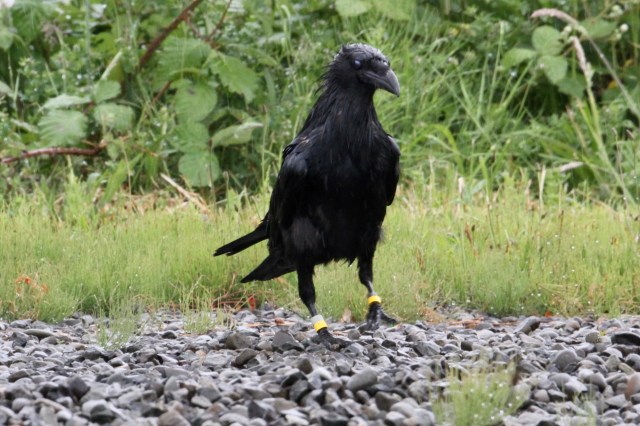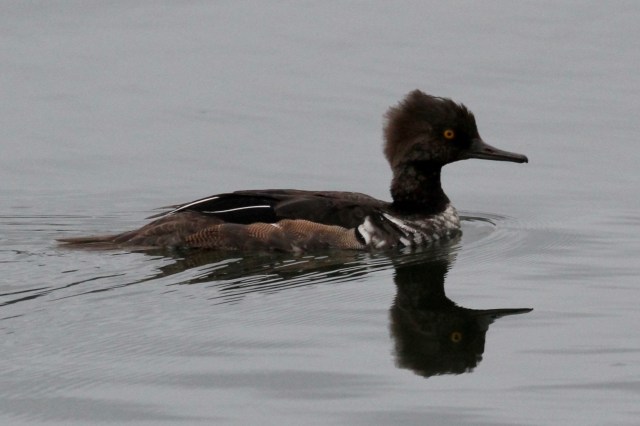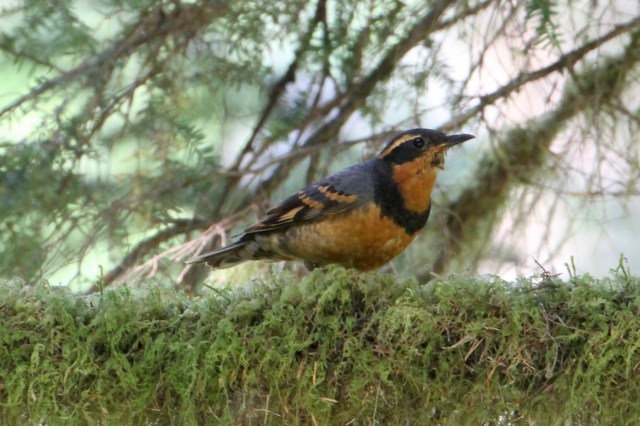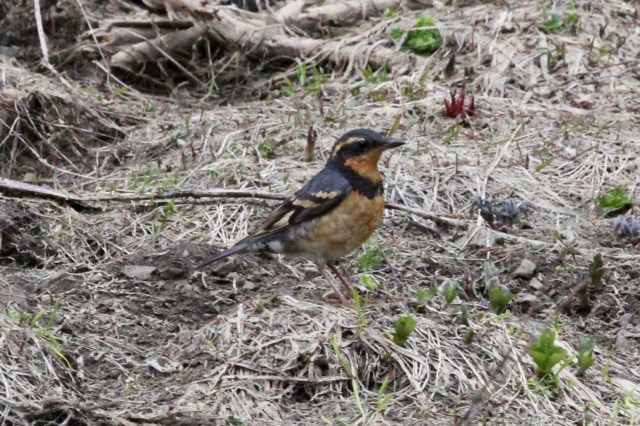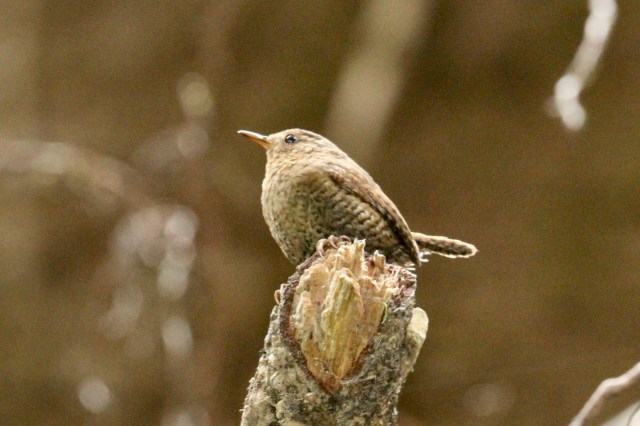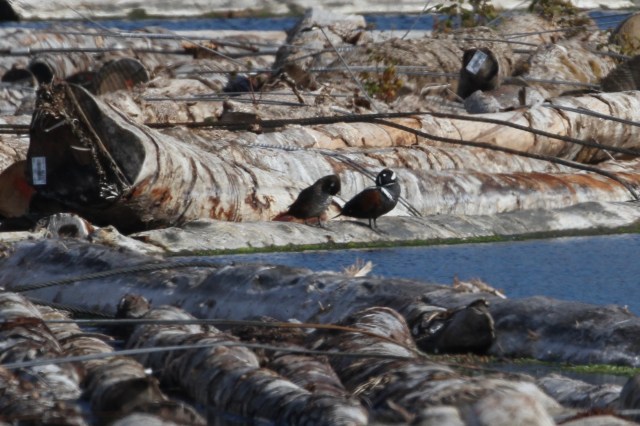
Pileated Woodpecker (photo from the internet)
By the time I publish this post – my last of the current trip, we should be back in the UK and on route for Norfolk. So how did we do? Well, before I divulge the numbers and offer a few more general reflections on our trip, an update on this mornings final efforts to add one more species to the Great American Birding RoAd Trip list. The species in question was Pileated Woodpecker – a not inconspicuous bird, well distributed across much of America. One we’d previously seen well in parks and suburban gardens in Florida. But could we find it on this trip? – could we feck. We’d scoured every wood from Houston to Seattle – a little of an exaggeration perhaps, but we did look pretty hard. In a final, last ditch attempt on our way to the airport, we stopped off at Billy Frank Jn National Wildlife Refuge, at Nisqually – Jane having spotted on eBirder a cluster of recent sightings in the area. We got our permit and spent a good hour walking the trails, dodging the downpours and seeing a few good birds, but with little success regarding our target, except for a couple of distant calls. We got back to the car and were just driving out when a large black woodpecker-like bird flapped in front of us. Despite it responding to play-back, we didn’t see it again! It just about makes the list!
So, turning to the numbers; in total we visited seven States (with a ‘touch-down’ in Canada), drove 8765 miles, and saw 462 species (still checking on a couple of possible extras) – taking my personal all-time America total to 513. Texas accounted for well over 300 species – no other State came close, underlining it as a top, world-class, birding destination.

Alongside seeing some fabulous birds – tracking their migration from Mexico to the Canadian border, and the awesome scenery, we’d always hoped that the Great American Birding RoAd Trip would show us something of real America – Trump’s America. I’m not sure how representative or insightful our experience has been but here’s a few personal observations, for what they’re worth.
America is a BIG country, with vast tracts of ‘nothing’ – it was mostly mountains and desert from mid-Texas to Oregon. We drove through many small towns – ironically most called ‘cities’, and passed through several vast low-rise conurbations on six-lane highways. Place sign-boards often indicated date of founding – rarely earlier than mid-19C, altitude – high or low, and population – down to the last individual. They cherish their heritage – practically every small community had a museum. Restrooms are everywhere – even in the remotest locations and, in the main, spotless. They are an ethnically diverse nation, with Spanish commonly spoken right up into Washington State. We saw affluent housing, clustered around golf courses or marinas – much of it gated, but we also saw plenty of folk living in caravans, trailers and sheds. Issues of homelessness, unemployment and respect for veterans were universally apparent. There was a formulaic predictability to most places we visited – the same shopping malls, fast-food outlets, churches, drive-through this, that and the others. Yet you can get anything you need, day or night. Schools and hospitals were almost all new buildings – generally imposing structures. In contrast, the distinguishing features of most native American communities we saw were run-down housing, a casino, multiple evangelical churches, social security offices and police stations. The notable exception being Neah Bay and the Makah Tribe, who appear to be managing things very differently. One recent development, which caught us by surprise, is the legalisation / tolerance and public sale of Cannabis in most States we travelled through. This, together with the apparent universal acceptance of gun ownership and hunting makes for an interesting juxtaposition. Most American TV is punctuated with large doses of advertising – usually for some obscure medical condition (with symptoms most of us would recognise) for which there is an ‘over the counter’ cure or for lawyers who will act for anyone in respect of anything – for a fee. The American political / civic system, difficult for an outsider to fully grasp, appears to be under-pinned by the basic democratic process of election – everywhere we went there were bill-boards for candidates seeking appointment to a wide range of posts and positions. Everyone we met from Texas to Washington (with very few exceptions indeed) were welcoming, talkative and resilient people – proud of their place and keen to share it with strangers. We mostly felt safe and oddly ‘at home’. If these are the impressions, accurate or otherwise, formulated during a few weeks travel through some of America what, I wonder, do Americans who visit the UK make of us? Is there a ‘special relationship’ between us or are we just two nations divided by a common language?











